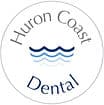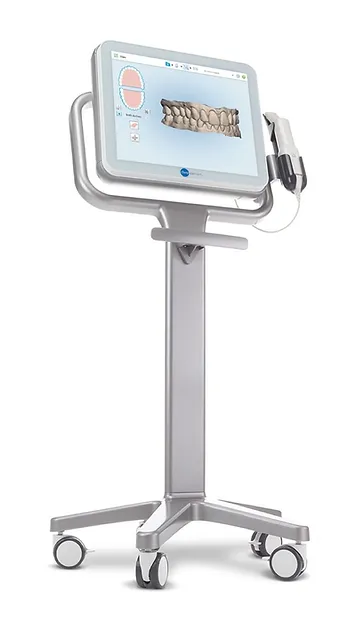
iTero Element 2
3D Digital Scanner
We are proud to be the only dental office from Bay City all the way to Cheboygan to offer this state of the art radiation free 3D computer imaging technology.
The iTero Impression Scanner is the more comfortable approach to taking digital impressions of your teeth. It is more accurate, and we no longer need to use the old putty and tray technique to get an exact impression of your smile.

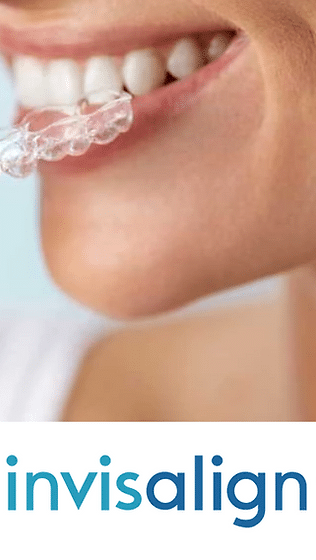
Invisalign® Clear Aligner Orthodontics
The invisalign system uses a series of clear and removable trays to gradually shift your teeth into position with gentle forces. It provides for a host of digital technologies for you to look at and track your treatment progress.
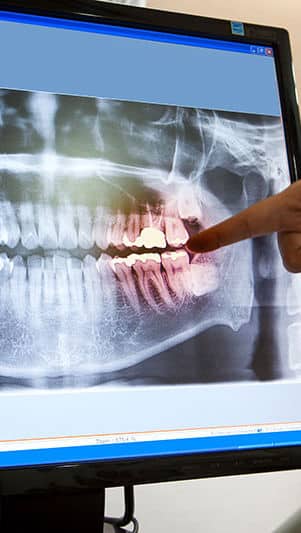
Digital Dental X-rays
Digital dental x-rays are more efficient and safer than traditional film x-rays. Digital dental x-rays produce up to 90% less radiation compared with film x-rays. Our digital x-ray equipment is exceptionally well maintained, and we always take every precaution to keep our patients safe during all treatments.
Panoramic X-rays
A panoramic x-ray, or pan, is an x-ray that shows the dentist your entire jaw, all of your teeth and the structures that surround them. Our Dr.s are able to see the location of major nerves, your sinuses, developing teeth and pathologies. They can look at your jaw joint (TMJ) and the bones of your mouth. A panoramic x-ray is a great overall screen for the health of your mouth.
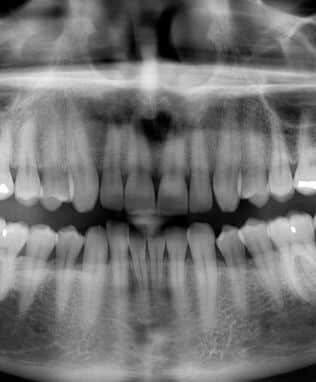
Digital Dental X-rays
Why do we need to take dental x-rays?
The routine use of dental x-rays as a diagnostic tool is a benefit that should be used for conservative, healthy dental treatment. Obviously, we are conscious of our patients’ concerns about x-rays, and we only take x-rays when they are absolutely necessary.
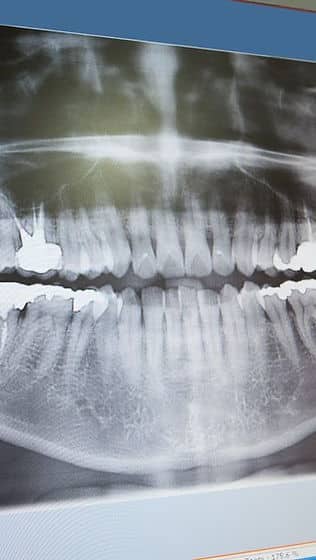
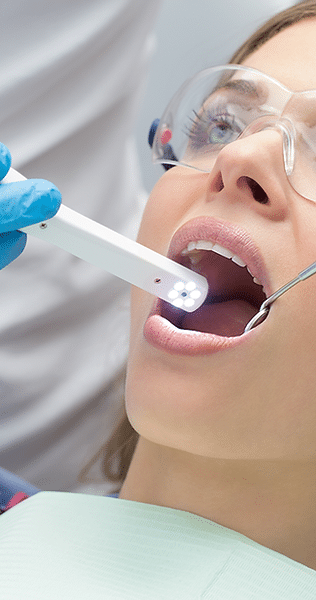
Intra-Oral Cameras
Intraoral cameras (IOCs) were first introduced in 1989 and are now widely used in dental offices. IOCs are small video cameras used by dentists or doctors to show a patient in real-time the interior of their mouth, as an alternative to using a mirror.
The IOC looks like an oversized pen and is placed in the patient’s mouth. It is used in conjunction with the computer monitor, so both the dentist and patient can see the teeth and gums to determine treatment options. This camera is a diagnostic tool that can diagnose a number of dental conditions, such as fractured teeth, tooth decay, and gum disease.
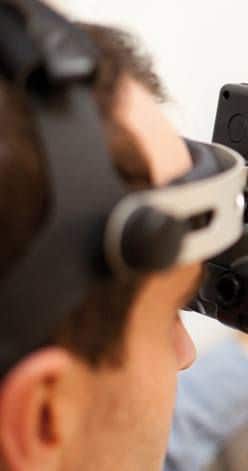
Loupe Magnification
What types of magnification do we use?
Dentistry requires clear visuals and magnifying loupes provide support for visual acuity over the naked eye. Our dentists use telescopic lenses when necessary to see your mouth in great detail.
What are the benefits of using Loupes?
Using magnification loupes are important patient care. They allow dentists to see into the oral cavity to make a diagnosis, or to perform on precise levels. They are able to see and inspect tooth decay at a level that would not be available without magnification.

CARESTREAM CONE BEAM CT MACHINE
On it’s way to becoming the new standard of dental care, the 3D X-Ray scan is a game changer when it comes to dental radiographic imaging. While still a relatively new dental technology, it has already immensely altered the way that we collect information on our patients, with the result being the ability to diagnose and treatment plan in a manner that previously could not even be imagined. Allowing for visualization of all structures both hard and soft, 3D X-Ray imaging lets us look at a 3-D image of your teeth and jaws, allowing us to see in amazing clarity and detail things that we can’t see on conventional panoramic and 2-D x-ray. In turn, you are given a more accurate diagnosis.
With this cutting edge technology, we can plan implants with precision and confidence, see an abscess that is hidden among other structures, and even see each individual nerve canal when doing root canal therapy. This improvement in care means an extension of the life of your teeth and an improvement in the quality of your implants and crowns. The transformation from interpreting 2-D information to diagnosing from 3-D imaging is a significant advancement in dentistry and one that has forever changed the way we practice dentistry at our office!
GEMINI DIODE LASER
Treating the soft tissue in your mouth is a lot more comfortable thanks to lasers. A laser uses energized light to precisely remove soft tissue. In soft tissue laser surgery, generic interaction of laser light with the soft tissue provides a special approach to surgery. A highly focused laser beam vaporizes the soft tissue. Lasers can make very small incisions when the beam is focused on the tissue. When the beam is not focused, the intensity of the laser light on the tissue diminishes, and it can be used for cauterization of small blood vessels and lymphatics, therefore decreases post-operative swellings. A laser beam has a natural sterilization effect, it evaporates bacteria, viruses and fungi, which leads to a decrease in local infections. Most important, the laser decreases post-operative pain by sealing nerve endings. Lasers can be a welcomed tool to help you get a bright, healthy smile.

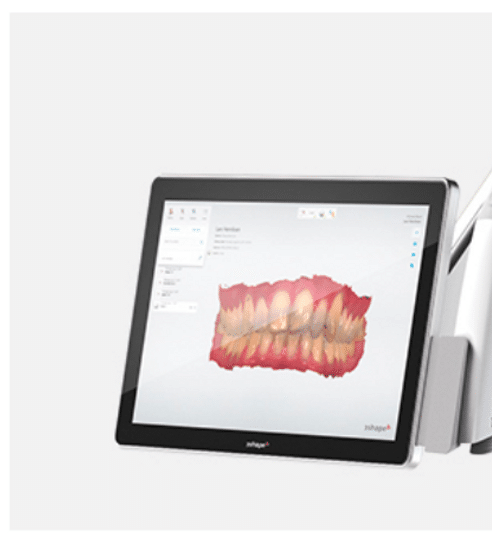
TRIOS INTRAORAL SCANNER
Radiation free scanner that works by projecting a light source onto the area to be scanned. Thousands of images are then captured by imaging sensors and are processed by scanning software, which then produces an accurate 3D surface model showing the teeth and gingiva’s geometry. This intuitive, AI driven tool allows us to capture an unprecedented level of detail and accuracy within seconds, resulting in beautiful final treatment outcomes.

